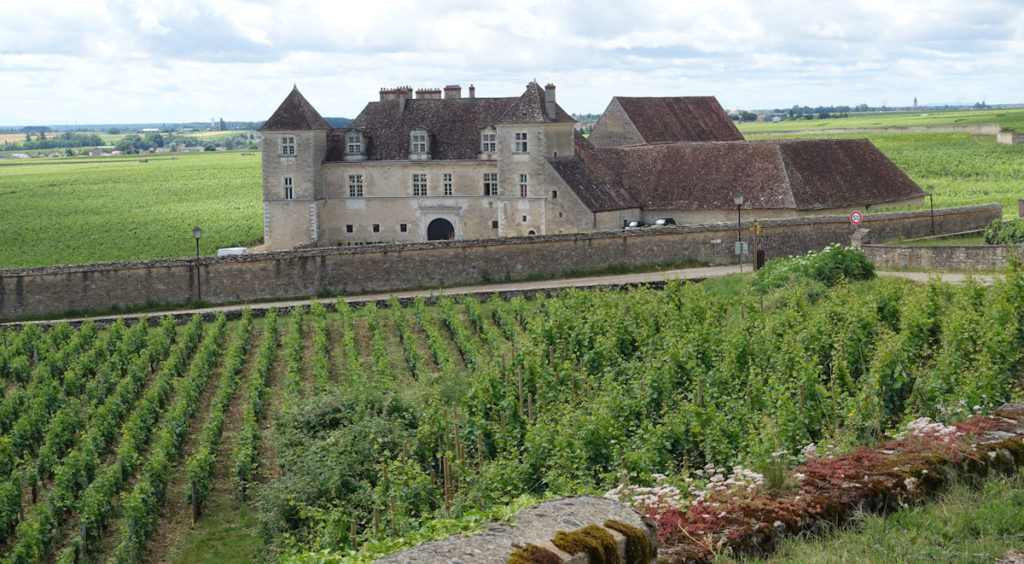The Winehog is quite old, in a sense dating back to the French Revolution (1789-1799). It’s at those dates that I decided to bookend my historical research, and not look too much at the period before the Revolution. Why? Because the pre-Revolutionary period was very much another world, and in most cases encompassed completely different owners of even the most important vineyards. Most were owned and controlled by the church, hence a very different ownership pattern.

I decided to start my historical research on an (almost) clean page: post-Revolution. I say (almost) because there was much upheaval during those in some cases very violent years.
It’s important to know that there are still families in Burgundy with relatives who were lost during the Revolution. These stories are often complex, and can still be sensitive. So it’s a period I leave more or less alone, as I don’t feel I have the knowledge to explore it correctly.
In reality, this means that Jules Lavalle’s 1855 work “Histoire et Statistique de la Vigne et des Grands Vins de la Côte d’Or” often is my starting point. That said, on occasion I have moved further back, to the Revolution.
A new start
The French Revolution meant a new start for French businesses, including and especially wine-growing, as most vineyards in Burgundy were owned by the Catholic Church before the Revolution.
This was abruptly changed with the confiscation of these properties:
The biens nationaux were properties confiscated during the French Revolution from the Catholic Church, the monarchy, émigrés, and suspected counter-revolutionaries for “the good of the nation.” Biens means “goods,” both in the sense of “objects” and in the sense of “benefits.” Nationaux means “of the nation.” This can be summarized as “things for the good of the nation,” or simply “national goods.” The possessions of the Roman Catholic Church were declared national property by a decree of November 2, 1789.
Wikipedia
This gave in effect a new birth certificate to many vineyards. Some were acquired by wealthy people; some by generals, marshals and other influential people; and in the end some by local farmers who took over small pieces of vineyards and created their own production.
The time line
While some estates and negociants date back to the Revolution, relatively few Burgundian domaines have more than 150 years of history.
Families like Trapet and Rousseau in Gevrey-Chambertin date back a bit more than a century, and exploring the names in Lavalle doesn’t give many clues to the current ownership scene.
So yes, Burgundy is old; but not that old.
In any case, this is the reason why I end my historical research at the time of the Revolution.

 - A true vin d’émotion – a Burgundy of passion
- A true vin d’émotion – a Burgundy of passion - A truly hedonistic wine – lively and enjoyable
- A truly hedonistic wine – lively and enjoyable - A vivacious wine for pure indulgance
- A vivacious wine for pure indulgance - A potential vin d´émotion - frais et léger
- A potential vin d´émotion - frais et léger
Leave a Reply
You must be logged in to post a comment.